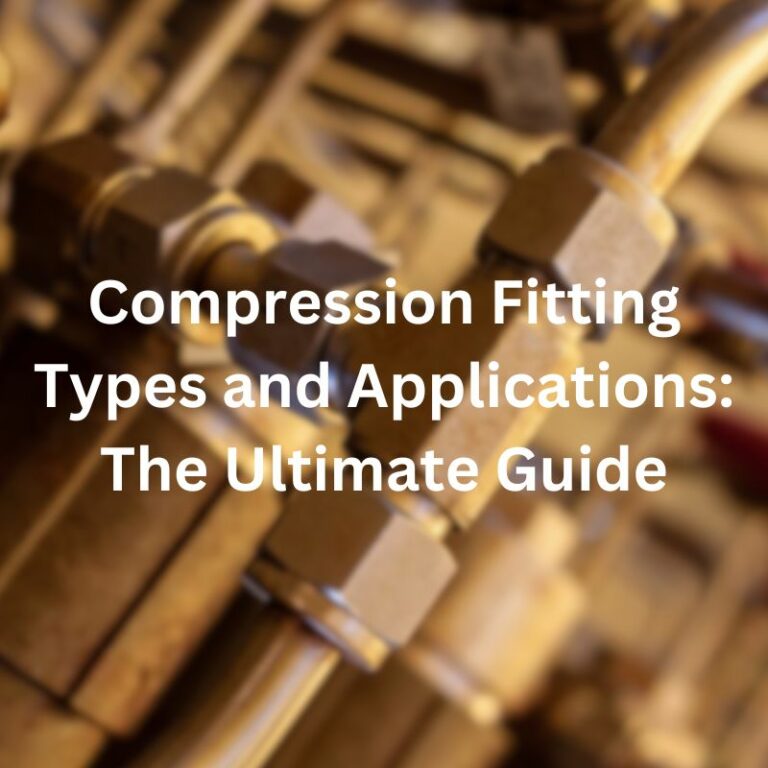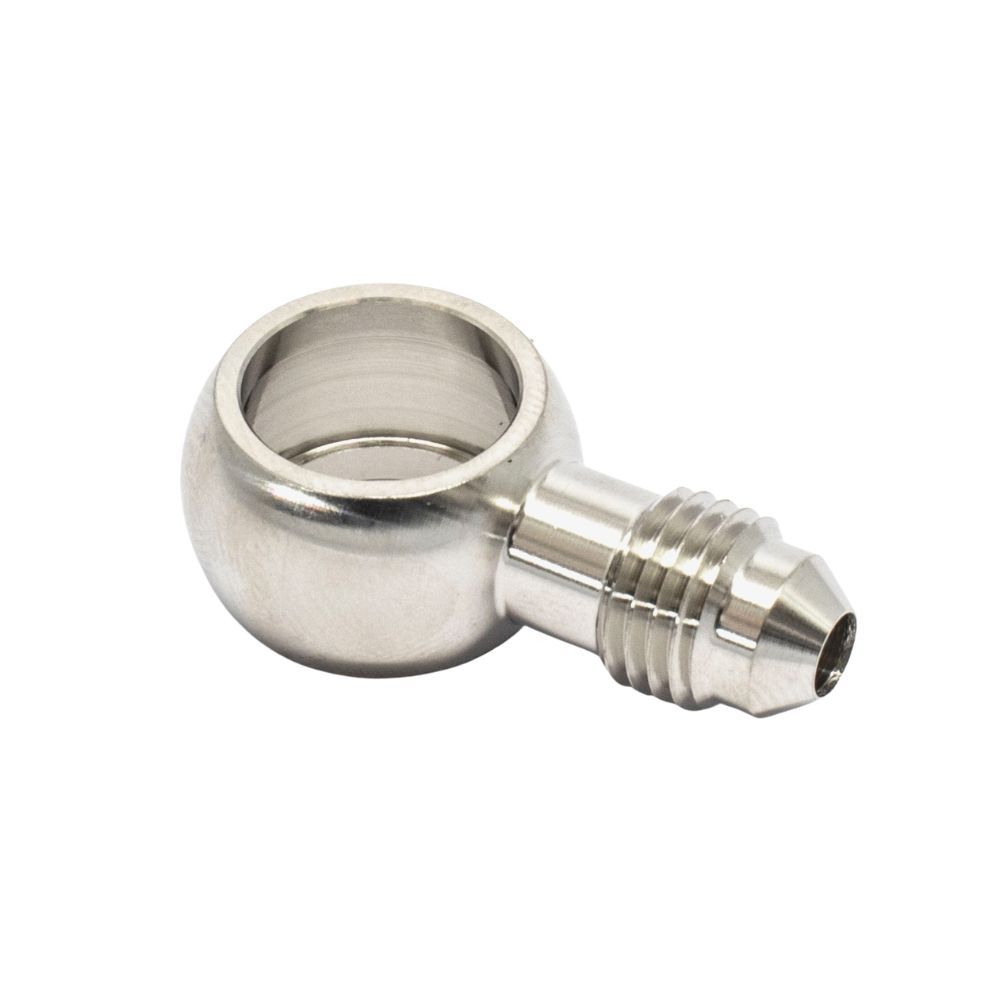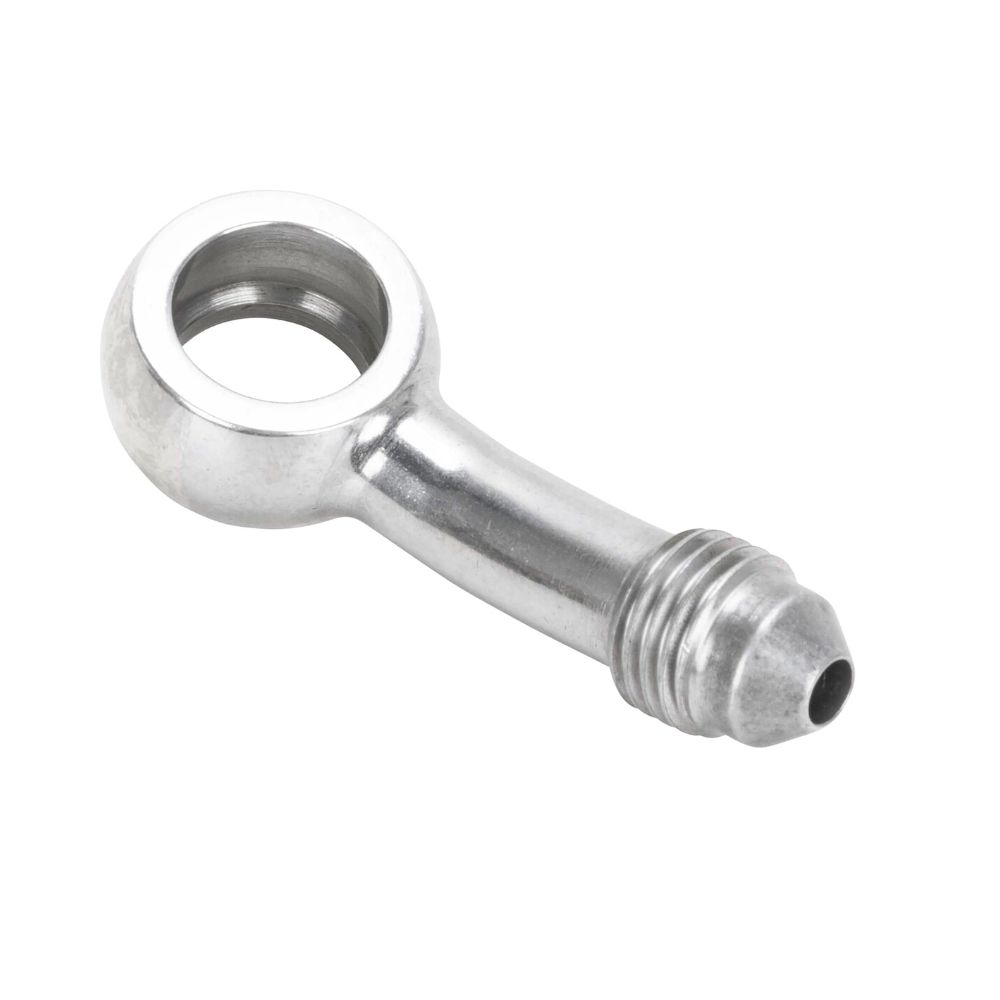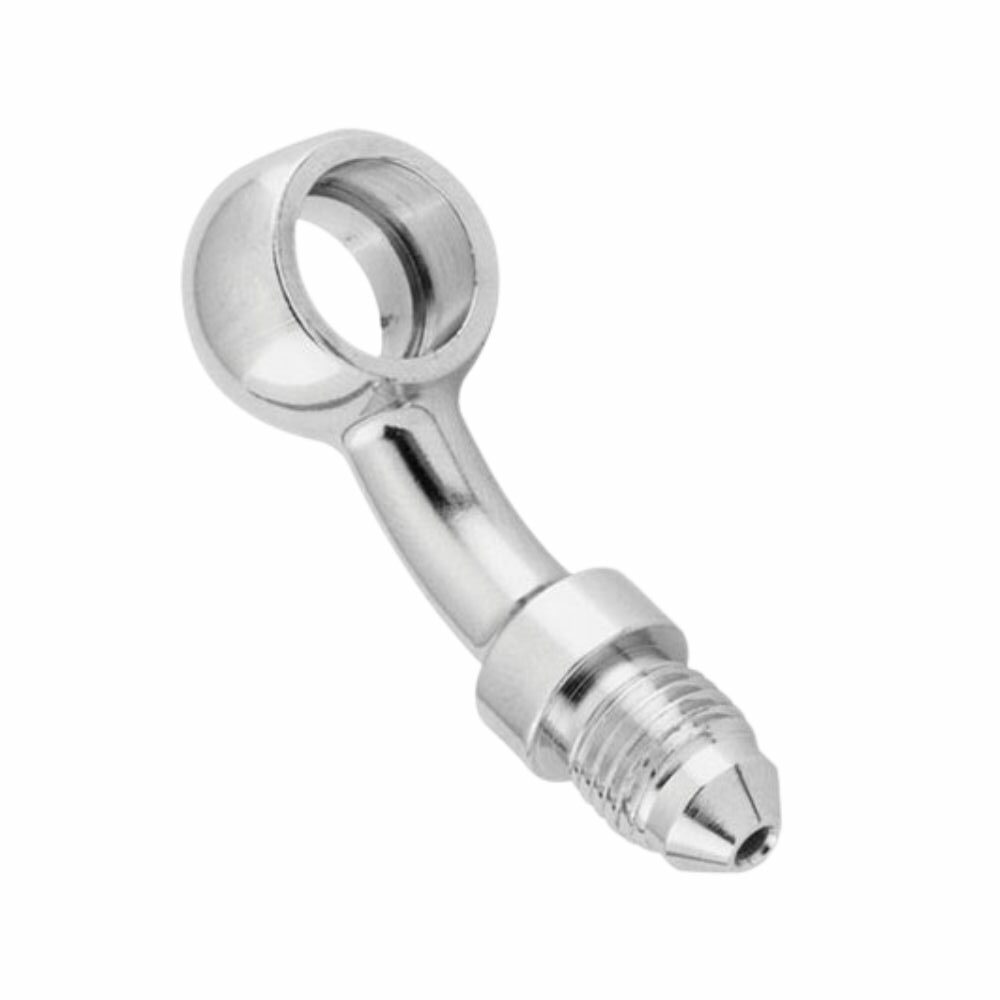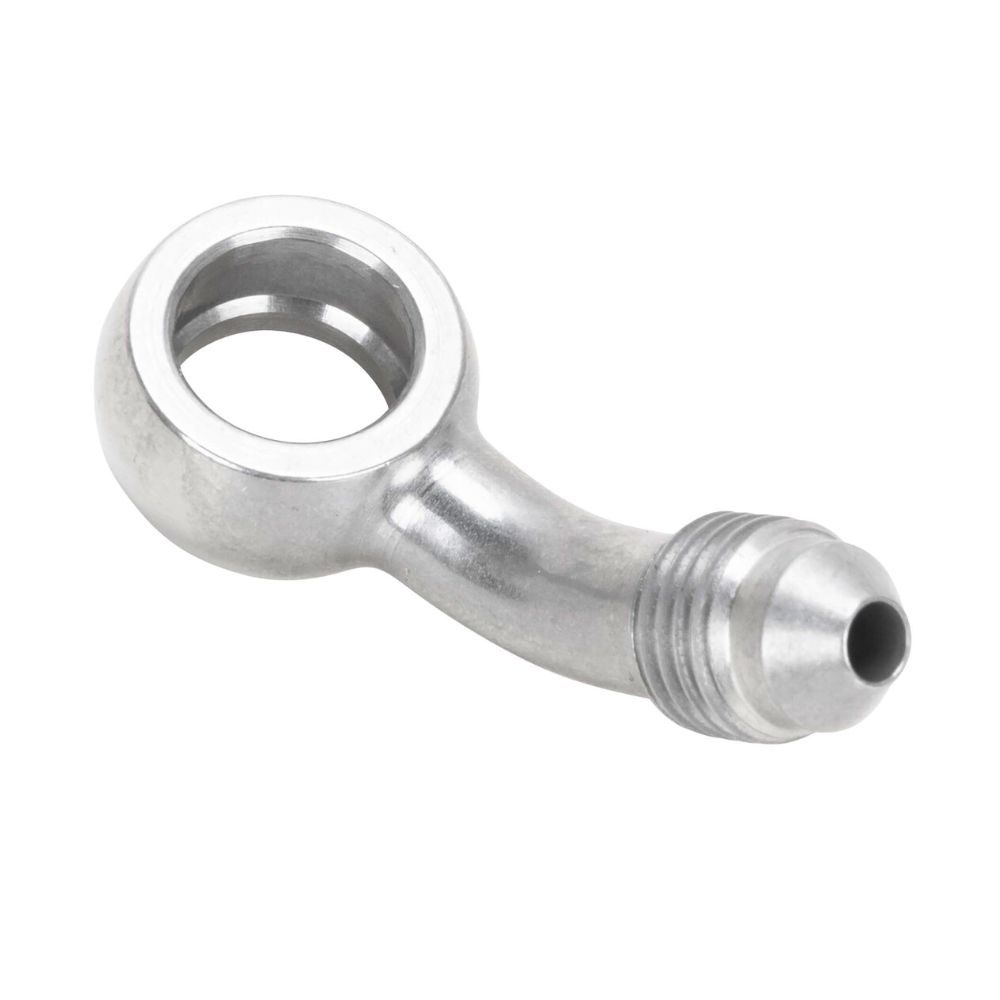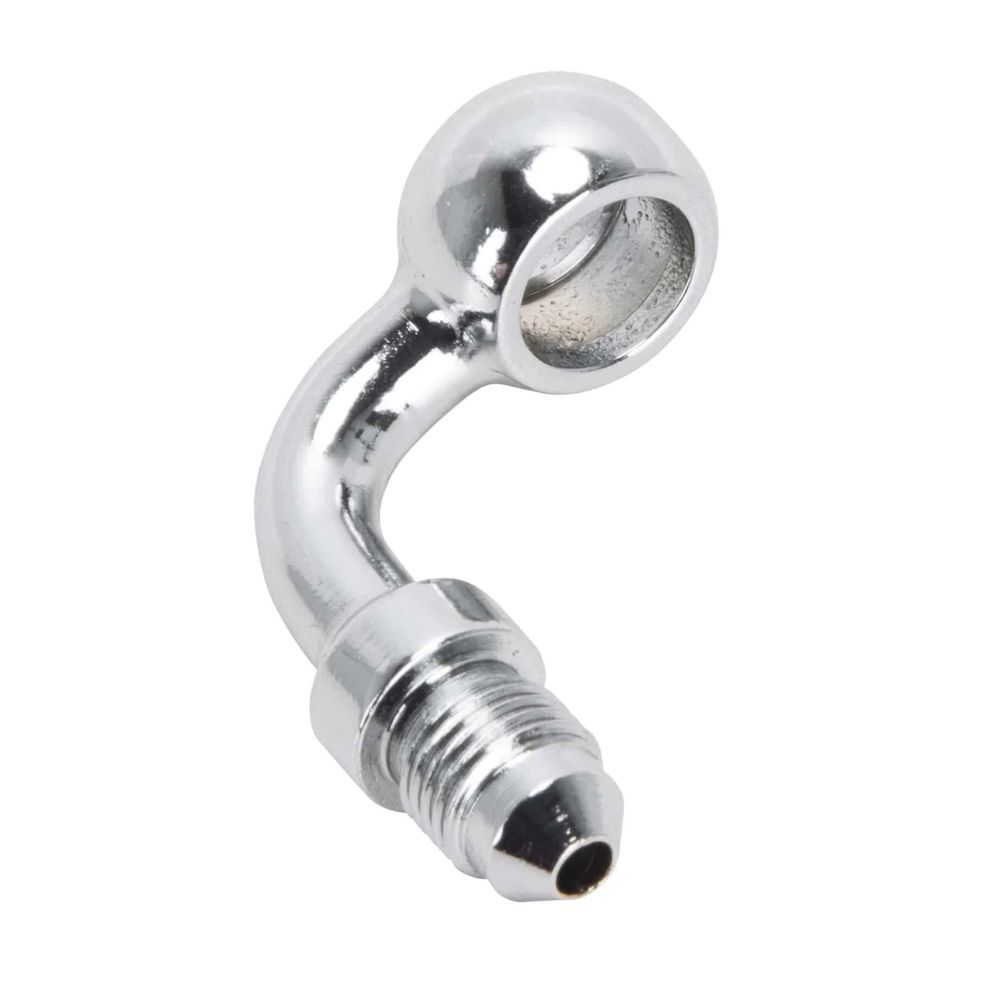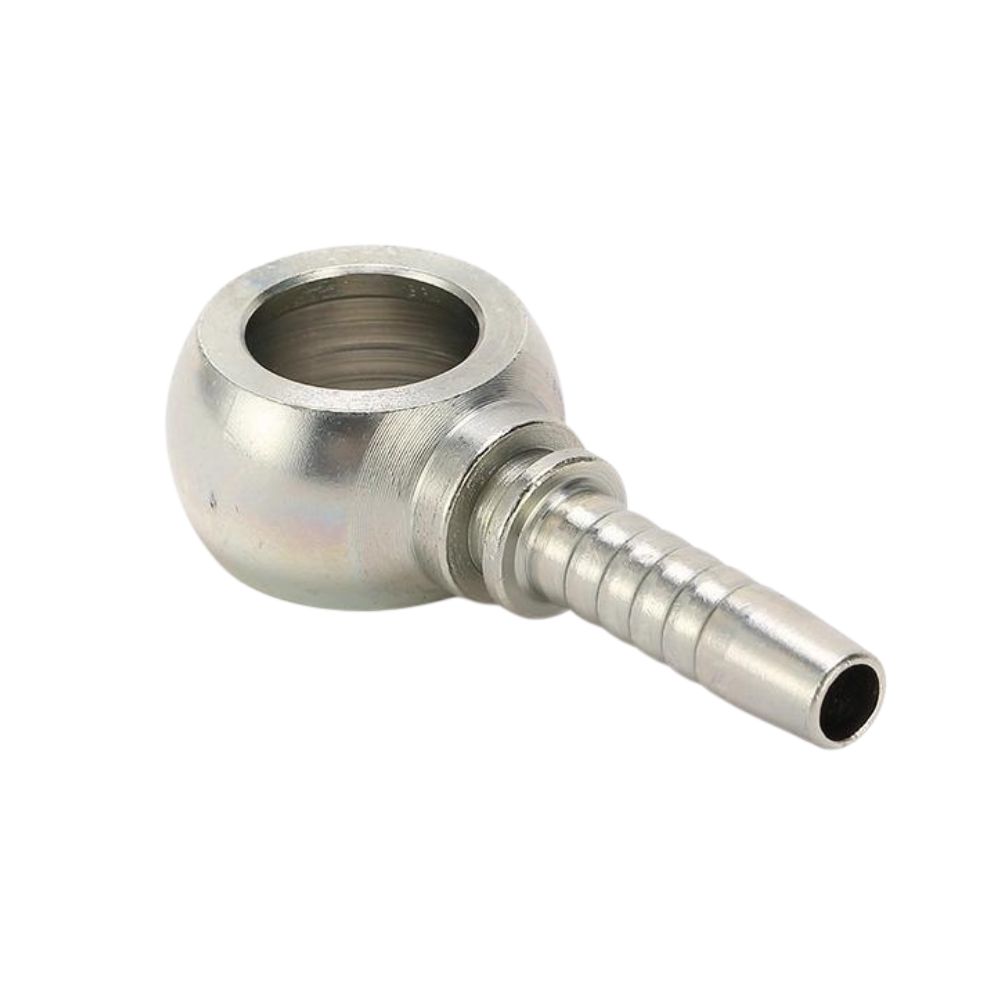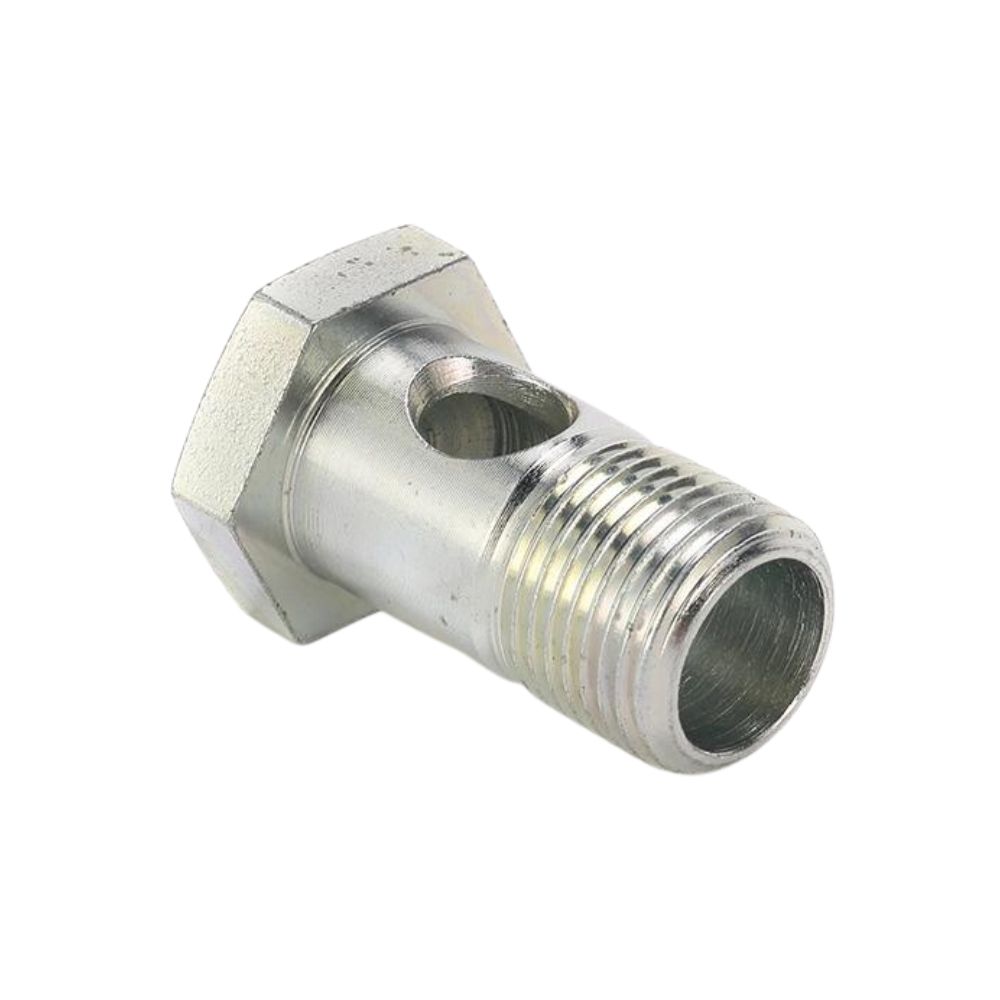What is a Banjo Fitting?
Table of Contents
Introduction
Hydraulic systems are integral to modern machinery, playing a crucial role in a wide array of applications from automotive engineering to heavy industrial equipment. Central to these systems are various types of fittings that ensure efficient and secure fluid transport. Among these, the banjo fitting stands out for its unique design and functionality. In this comprehensive exploration, we delve into what a banjo fitting is. We aim to provide a detailed and insightful guide that not only clarifies the concept of banjo fittings but also highlights their significance in diverse industrial applications.
Understanding Banjo Fittings
Basic Definition of a Banjo Fitting
A banjo fitting is a unique and highly functional component in hydraulic systems. Its primary purpose is to facilitate the transfer of fluid within systems that have rotating or oscillating parts. This type of fitting is distinctly recognizable by its hollow, circular shape, featuring a central hole. This design is not just for aesthetic resemblance to a musical banjo but serves a practical purpose in hydraulic applications. The structure of the banjo fitting is crucial for its functionality, allowing it to seamlessly integrate into various machinery setups.
Physical Description
In terms of its physical makeup, a banjo fitting is composed of two main parts: a perforated hollow bolt and a spherical union. The bolt is the central pathway for the fluid, allowing it to flow uninterrupted through its core. This bolt is typically threaded on the outside to allow secure attachment to a machine or a hydraulic line. Surrounding the bolt is the spherical union, which plays a pivotal role in connecting the fitting to the hose or pipe. This union is designed to swivel around the bolt, giving the banjo fitting its unique ability to connect at various angles without causing stress or bending in the hydraulic line. The fluid’s pathway is through the center of the bolt and exits through the hole in the side, which is strategically positioned to align with the hydraulic hose or pipe.
The banjo fitting’s design is ingeniously simple yet highly effective. Its compact size makes it ideal for use in confined spaces where traditional fittings might be cumbersome or impractical. Furthermore, the ease of connection and disconnection provided by the banjo fitting’s design makes maintenance and repair tasks more straightforward, reducing downtime in industrial settings.
Historical Background and Evolution
Origins of Banjo Fittings
The inception of banjo fittings dates back to the early 20th century, originally designed to facilitate fluid flow in automotive braking systems. Their design was a response to the need for a fitting that could easily connect fluid lines at variable angles without extensive modifications.
Evolution and Advancements Over Time
Over the years, the design and application of banjo fittings have evolved. They have been adapted for use in a broader range of hydraulic systems, including high-pressure environments, thanks to advancements in materials and manufacturing processes.
Components of a Banjo Fitting
Detailed Breakdown of Parts
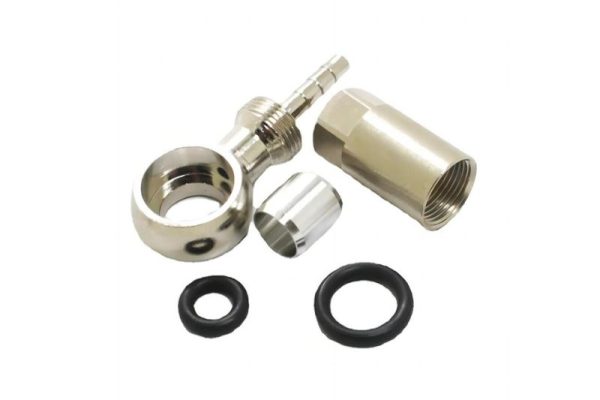
Banjo Bolt: The banjo bolt is a critical component of the fitting. It is a hollow bolt with an internal bore through which fluid flows. The external threading on the bolt allows it to be screwed into a receiving component, securing the fitting in place. The head of the bolt is typically hexagonal, allowing for easy tightening or loosening with standard tools.
Eye-Shaped Union (Banjo Body): This is the part of the fitting that resembles the body of a banjo, giving the component its name. The union is a ring or eye-shaped piece that encircles the bolt. It is designed with an opening that aligns with the hole in the bolt, ensuring a clear path for fluid flow. The union typically has a flat surface on one or both sides to accommodate the sealing washers.
Sealing Washers: These are usually two in number, placed on either side of the eye-shaped union. The washers are crucial for preventing leaks. They compress against the flat surfaces of the union when the bolt is tightened, creating a tight seal that prevents fluid from escaping. The effectiveness of the seal is paramount to the functioning of the banjo fitting.
Material Composition and Manufacturing Process
Materials Used: The choice of material for banjo fittings is crucial for their performance and longevity. Steel is often used for its strength and durability, making it suitable for high-pressure applications. Brass is selected for its resistance to corrosion, making it ideal for use in environments where corrosion is a concern. Aluminum is another common choice, known for being lightweight yet strong, and is often used in automotive applications.
Manufacturing Process: The manufacturing of banjo fittings involves precision machining. The process starts with the selection of high-grade metal, which is then machined into the specific shapes required for the parts of the fitting. Precision is key in this process to ensure that all components fit together perfectly. The internal bore of the bolt is carefully drilled to allow unrestricted fluid flow. The threading on the bolt and the dimensions of the union and washers are meticulously crafted to ensure a leak-proof connection. After machining, the components are often treated or coated to enhance their durability and resistance to environmental factors like moisture and chemicals.
The Importance of Banjo Fittings in Hydraulic Systems
Role in Hydraulic Systems
Function in a System
Banjo fittings serve a pivotal role in hydraulic systems by facilitating the secure and efficient transfer of fluids under pressure. Their unique design allows them to connect hoses or pipes at various angles while maintaining a secure seal. This capability is especially crucial in systems where components are in motion or where space constraints require flexible routing of hydraulic lines.
Importance in System Integrity and Efficiency
The integrity of a hydraulic system largely depends on the reliability of its connections. Banjo fittings contribute significantly to this reliability. Their design ensures minimal leakage and maintains the pressure necessary for the system’s operation. By providing a reliable connection that can withstand high pressures and dynamic stresses, banjo fittings enhance the overall efficiency and longevity of hydraulic systems.
Advantages of Using Banjo Fittings
Benefits and Superiority
One of the primary benefits of banjo fittings is their ability to facilitate quick and easy installation and maintenance. Their compact design allows them to fit into tight spaces where traditional fittings might not be suitable. Moreover, the swivel feature of the banjo union makes alignment with hoses and pipes more straightforward, reducing installation time and the risk of improper fitting.
Situations Where Particularly Advantageous
Banjo fittings are particularly advantageous in applications where space is limited and where the direction of hoses and pipes needs to change frequently. They are also ideal in systems that require frequent disassembly for maintenance, as their design allows for easy removal and reattachment without the need for extensive re-routing of lines.
Common Applications and Industries
Specific Examples of Usage in Different Industries
Banjo fittings are widely used in various industries due to their versatility. In the automotive industry, they are commonly found in brake and fuel systems. In manufacturing and industrial applications, they are used in machinery that requires hydraulic power for operation.
Types of Banjo Fittings
Overview of Varieties
Cataloging the Different Types Available
Banjo fittings come in a range of types, each designed to meet specific requirements and applications. Common varieties include standard banjo fittings, double banjo fittings, adjustable banjo fittings, and banjo bolt fittings. Each type has its unique design characteristics, making them suitable for different applications in hydraulic systems.
Detailed Descriptions
Standard Banjo Fittings
These are the most common type, consisting of a single hose connection. They are typically used where a single hose needs to be connected to a component like a master cylinder or a hydraulic pump.
Double Banjo Fittings
These fittings have two hose connections, allowing two separate hoses to be connected at the same point. This design is useful in systems where space is limited and where multiple lines need to converge.
Adjustable Banjo Fittings
These fittings come with an additional feature that allows for the rotation of the hose end, making them ideal for applications where precise alignment is necessary.
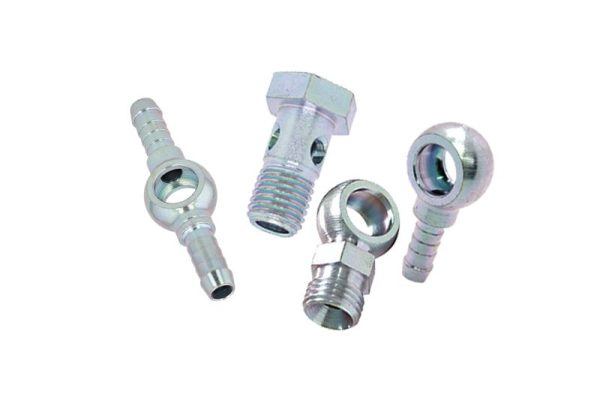
Use-Cases for Each Type
Standard Banjo Fittings
Ideal for most hydraulic systems in automotive and industrial applications, where a single line connection is required.
Double Banjo Fittings
Best suited for complex hydraulic systems in machinery or automotive applications, where space-saving and multiple line connections are critical.
Adjustable Banjo Fittings
These are particularly useful in custom hydraulic setups or in applications where hoses need to be routed in specific directions to avoid obstructions.
Banjo Bolt Fittings
Commonly used in high-pressure systems such as automotive braking systems, where a robust and leak-proof connection is paramount.
Choosing the Right Type for Specific Needs
The selection of the appropriate banjo fitting type depends on several factors:
Application Requirements: Understanding the specific needs of the hydraulic system, such as pressure ratings, fluid compatibility, and connection type.
Space Constraints: Considering the available space and the need for flexibility in hose routing.
Maintenance and Accessibility: Factoring in ease of maintenance and the frequency of system modifications or inspections.
Pressure and Flow Requirements: Ensuring the fitting can handle the system’s pressure and flow without compromising efficiency or safety.
Installation and Maintenance of Banjo Fittings
Step-by-Step Instructions for Fitting Installation
Preparation
Start by determining the exact size and type of banjo fitting required for your specific hydraulic application. This is crucial as using the incorrect size can lead to leaks or system failure.
Gather all the necessary tools for the installation process. This typically includes wrenches that fit the banjo bolt and any sealants or thread tape if recommended by the manufacturer.
Ensure you have the correct number of sealing washers, usually two, for each banjo fitting.
Cleaning
Before installation, it is imperative to clean all parts of the banjo fitting. Any dirt or debris on the bolt, union, or washers can compromise the seal, leading to potential leaks.
Inspect each component for any signs of damage or wear. If any parts are damaged, replace them before proceeding with the installation.
Assembly
Begin by placing one sealing washer onto the banjo bolt. This washer will sit between the bolt head and the union.
Carefully insert the bolt through the hole in the union. The union is the part that will connect directly to the hose or pipe in your hydraulic system.
After the bolt is through the union, place the second sealing washer onto the bolt on the opposite side of the union. This arrangement ensures a tight seal on both sides of the union.
Connection
Thread the banjo bolt into the receiving component, such as a hydraulic pump or cylinder. It is important to do this gently by hand at first to prevent cross-threading.
While threading the bolt, ensure that the union is correctly aligned with the hydraulic hose or pipe. Misalignment can cause undue stress on the hose and potentially lead to failure.
Tightening
Once the bolt is hand-tightened, use an appropriate wrench to tighten it to the specified torque. It is vital to adhere to the manufacturer’s torque specifications to ensure a secure fit without over-tightening.
Over-tightening the banjo bolt can deform or damage the sealing washers, which can compromise the seal and lead to leaks. On the other hand, under-tightening might result in a loose fit, posing the risk of the fitting coming apart under pressure.
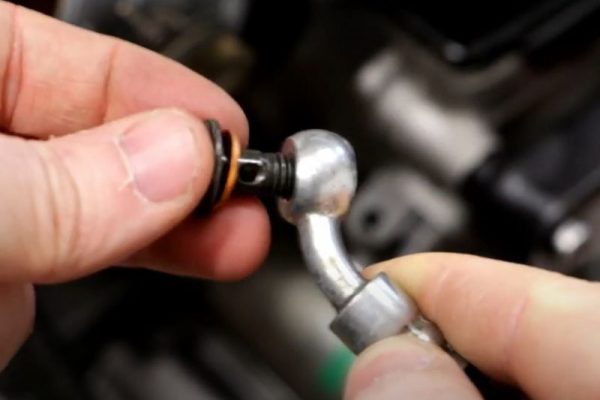
Tips for a Successful Installation
Always double-check the alignment of the banjo fitting before the final tightening.
In applications where vibrations are prevalent, consider using locking mechanisms or thread-locking compounds to prevent the fittings from loosening over time.
After installation, it is a good practice to test the system under pressure before full operation to check for any leaks or issues.
Maintenance and Care
Routine Checks and Upkeep Advice
Regular Inspections for Leaks or Corrosion
Implement a schedule for regular inspections of the banjo fittings in your hydraulic system. This should include checking for any signs of leaks, which can be indicated by wetness or fluid deposits around the fittings.
Inspect for signs of corrosion, particularly if the fittings are used in harsh environments or are exposed to corrosive substances. Corrosion can compromise the structural integrity of the fittings and lead to leaks or failures.
Immediate Replacement of Worn or Damaged Components
If during inspections any component of the banjo fitting, such as the bolt, washers, or the union itself, shows signs of wear, damage, or corrosion, it should be replaced immediately. Using worn or damaged fittings can lead to system failures and pose safety risks.
Ensure that the replacements are of the same type and specifications as the original components. Using incorrect or substandard parts can adversely affect the performance and safety of the hydraulic system.
Maintaining System Cleanliness
Keeping the hydraulic system, including the banjo fittings, clean is crucial for its longevity and efficient operation. Contamination in the system can cause blockages and damage the components.
When replacing any part of the fitting or conducting maintenance, ensure that the system is clean and free from contaminants. Use clean tools and handle components with care to prevent introducing dirt into the system.
Conclusion
In summary, banjo fittings play an indispensable role in the realm of hydraulic systems, providing a unique combination of flexibility, efficiency, and reliability. Their distinct design, characterized by a hollow bolt and an eye-shaped union, allows for a compact and versatile connection solution, particularly valuable in confined spaces and in systems requiring directional fluid flow. Understanding and respecting the intricacies of banjo fittings is not just about maintaining a component; it’s about ensuring the seamless operation, safety, and longevity of hydraulic systems.








